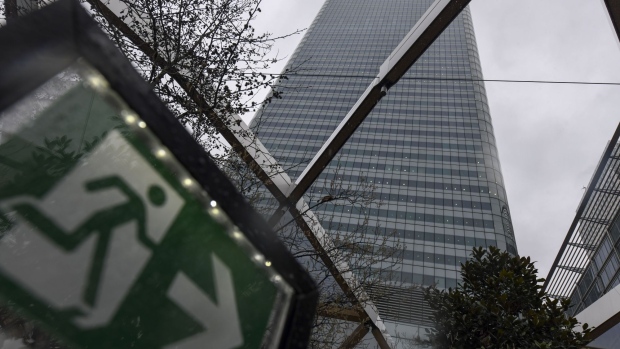Apr 28, 2020
HSBC warns credit losses may swell to US$11 billion this year
, Bloomberg News

HSBC Holdings Plc cautioned that bad loan charges may reach as much as US$11 billion this year, the highest since the last financial crisis, as the coronavirus pandemic halts economic activity around the world.
Adjusted profit slumped 51 per cent and expected credit losses surged to US$3 billion in the first three months of the year, driven in part by a Singaporean client exposure, according to HSBC’s earnings statement Tuesday. The Asia-focused bank also pushed back parts of its restructuring program until at least the end of the year.
Newly appointed Chief Executive Officer Noel Quinn’s plan to boost profitability is being curtailed by the virus outbreak that has shaken the banking industry worldwide. Even as turbulent markets boosted trading income, the biggest banks in the U.S. set aside about US$25 billion in the quarter to cover bad debts, while loan losses are also mounting in Europe.
HSBC said expected credit losses may reach US$7 billion to US$11 billion this year. That will result in “materially lower profitability” in 2020, which will be cushioned by lower expenses. Oil and gas, transport and consumer companies have a heightened risk of such losses, according to the bank.
The shares fell as much as 1.9 per cent in early London trading, sitting out the rally in European banking stocks.
Chief Financial Officer Ewen Stevenson said it was “part science, part art” to calculate the potential losses facing the bank. “We are having to overlay quite significant levels of government support,” he said.
The credit losses for the quarter included a significant charge in Singapore, where the bank is on the hook for a $600 million loan to a failed oil trader. HSBC didn’t name the borrower in the earnings release. Bloomberg News has reported that HSBC is the largest creditor of Singapore’s Hin Leong Trading (Pte) Ltd.
At the behest of U.K. regulators, HSBC canceled its dividend last month to preserve capital for lending through the pandemic, angering key investors in Hong Kong. Quinn has also delayed key parts of a restructuring program announced in February, which included about 35,000 job cuts, combining business areas and an accelerated shift to Asia to lift profits.
The bank’s medium-term financial targets will be assessed during 2020, it said. The dividend will be also be reviewed this year.
“There are difficult times ahead,” said Nicholas Hyett, equity analyst at Hargreaves Lansdown. “If conditions get worse from here provisions for bad loans will increase, and together with credit downgrades that will eat into capital reserves.”
Earnings Hightlights
- Adjusted Pretax: US$3.02b vs US$6.25b year earlier
- Adjusted Revenue: US$13.3b vs US$14.1b year earlier
- CET1 ratio: 14.6 per cent vs 14.7 per cent in 4Q
--With assistance from Alfred Liu.


